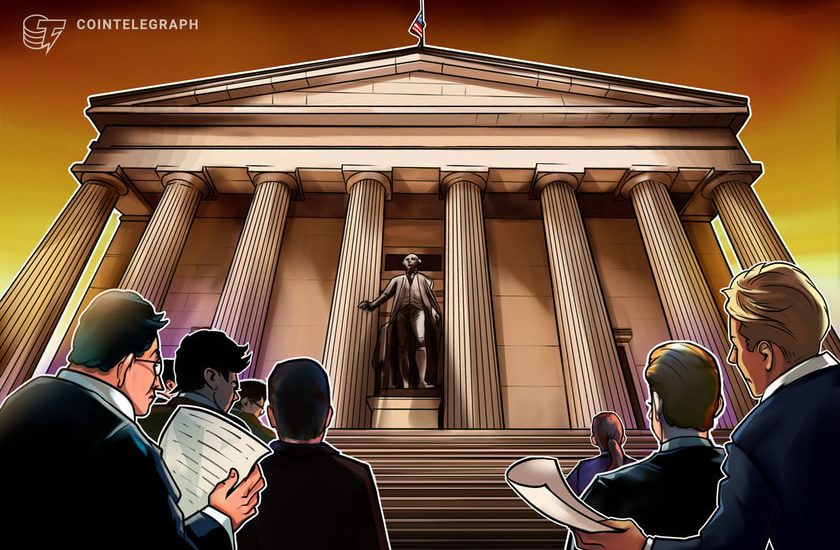- May 18, 2023
- Posted by: admin
- Category: BitCoin, Blockchain, Cryptocurrency, Investments


The answer to the question of what level stablecoin issuers are regulated on “need not be binary,” one witness said.
State versus federal regulation was a key issue in the hearing on stablecoins in the United States House of Representatives on May 18. The House Committee on Financial Services’ new Subcommittee on Digital Assets, Financial Technology and Inclusion heard testimony from five experts as it considered two proposed bills to regulate stablecoins.
There were two draft bills under consideration by the subcommittee. The Republican bill was published in April ahead of a hearing on stablecoin in the Financial Services Committee. Ranking member Maxine Waters later introduced a competing draft based on a bill that was introduced but not passed in the last session of Congress.
#WATCH: Chairman @RepFrenchHill at today's stablecoin hearing:
"Without action from Congress … stablecoin issuers will not feel confident to build their projects in the U.S."
Read more https://t.co/9yWNDbG46G
Watch his full remarks pic.twitter.com/v3cMMxTTXr
— Financial Services GOP (@FinancialCmte) May 18, 2023
The “race to the bottom” was the biggest point of disagreement on state-level stablecoin regulation. The Republican bill would allow stablecoin operators to choose the state they register in, without going through the Federal Reserve Board.
Supporters of the bill argue the floor would prevent the race to the bottom and mirror the U.S. two-tiered federal/state banking regulatory system. Democrats were unconvinced. The Democratic bill preserves access to regulation in federal hands, with the appropriate regulator. David Portilla, partner at Davis Polk & Wardwell, favored a middle road. He said:
“Federal regulation of stablecoin issuers would offer more uniform, consistent rules, whereas state regulation could promote more diversity and innovation in regulation and supervision. The answer to this question need not be binary.”
In any case, current regulations were not suited for stablecoins, he said. Besides a “floor” mechanism for federal involvement in stablecoin regulation for setting minimum standards, there could be a “toggle” based on the size of the issue, he said. The Republican bill would regulate all issuers identically, regardless of size.
Related: Congressional crypto hearing illustrates political stalemate on digital assets
National interest came up repeatedly, with Rep. Brad Sherman, an ardent opponent of cryptocurrency, claiming that a dollar-backed stablecoin would compete with the fiat dollar and undermine it, thus reducing the effectiveness of U.S. sanctions.
Another stakeholder, Matt Homer of venture capital firm XYZ, said: “stablecoins will happen regardless of whether we want them to happen or not,” adding: “offshore issuers are as free to create dollar-backed stablecoins as U.S. issuers. We should have it done in the U.S. so we can regulate it on our own terms.” Pro-crypto Warren Davidson echoed Homer, saying:
“Often they [stablecoin developers] are fleeing our shores to find certainty. So it would be great if we’d provide some.”
USDF Foundation CEO Robert Morgan spoke in favor of the current regulatory structure and about the advantages of tokenization for traditional banks. He described tokenization as a “third way.”
Magazine: Unstablecoins: Depegging, bank runs and other risks loom
